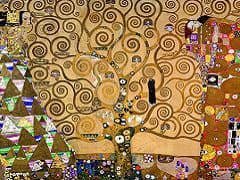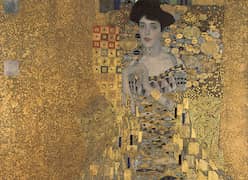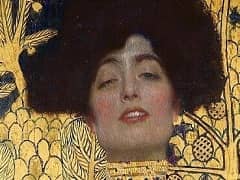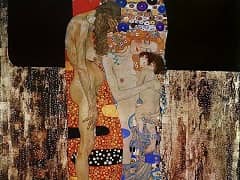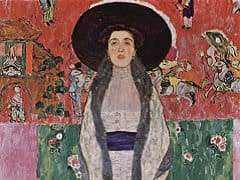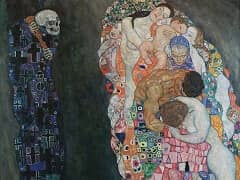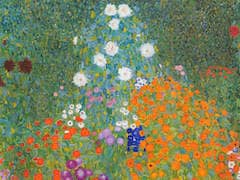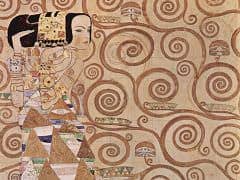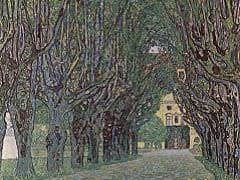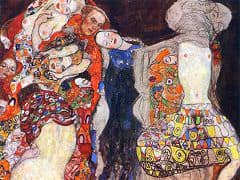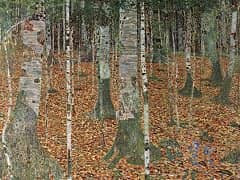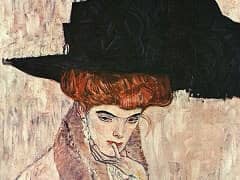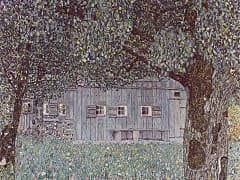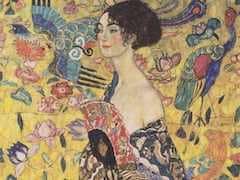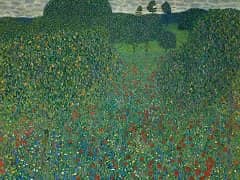Schubert at the Piano, 1945 by Gustav Klimt
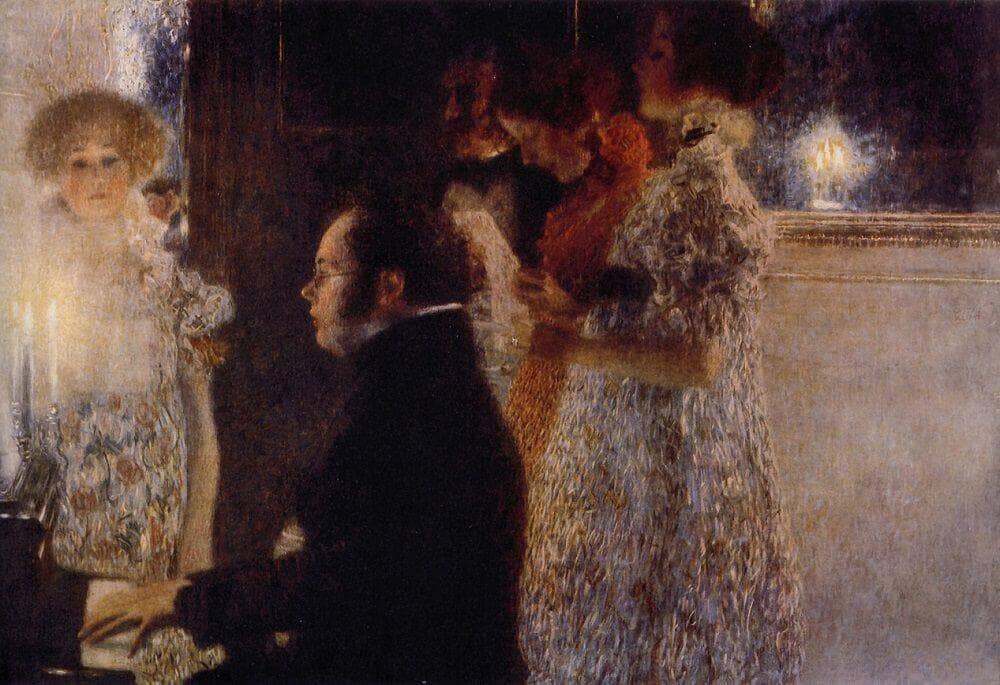
In 1898, the Greek industrialist Nikolaus Dumba commissioned Hans Makart (1840-84) - a then fashionable painter - Franz Matsch and Gustav Klimt to decorate three rooms in his luxury apartment with
paintings and also furniture. This involved quite different considerations from anything Klimt had tackled before. He was to produce two paintings to go in the panelling above the doors for a private
client, on a domestic scale.
Klimt was given the music room. A watercolour survives, showing how he envisaged the paintings in relation to the decoration of the rest of the room. While one of the canvases, Music II, is
an allegorical work harking back to earlier paintings, the other, Schubert at the Piano, is highly innovative. Presumably Dumba requested that Schubert be the subject of the picture; he was
certainly popular at the time and he also happened to be Klimt's own favourite composer. What is particularly striking about Klimt's portrayal of the musician is the way in which Klimt has completely
abandoned the idea of an accurate historical representation, depicting the onlookers in contemporary dress. The subtle lighting given off by the candle tends to dissolve the elements in the picture.
It is not possible to determine the space in which the figures are shown and only Schubert's profile stands out in sharp focus. The woman on the left is Marie Zimmermann, one of Klimt's mistresses,
who gave birth to two sons by the artist.


